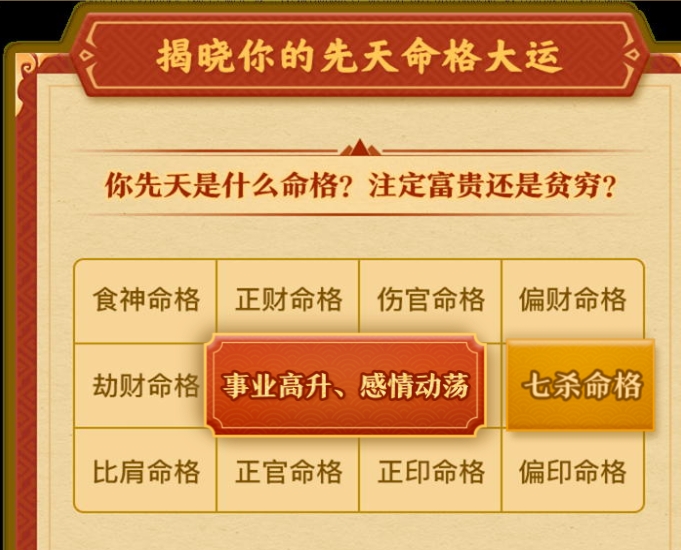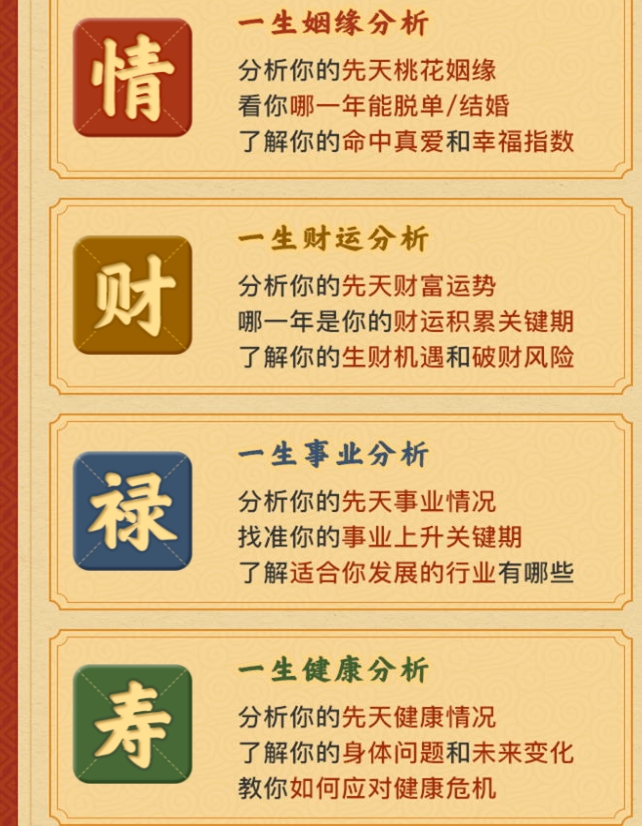November 22 in English: Date & Pronunciation Guide, How to Say It Correctly, Historical Significance of This Date
November 22 is a date that holds various meanings across cultures and languages. In English, it is pronounced as "November twenty-second" or "November the twenty-second" in British English. The date format differs globally, with Americans writing it as 11/22 while Europeans use 22/11. This date has witnessed pivotal historical events, from presidential assassinations to scientific breakthroughs. Understanding its pronunciation and significance helps in cross-cultural communication. The way we articulate dates reflects linguistic nuances that often go unnoticed. This guide will explore every facet of November 22 through multiple lenses.
Pronouncing dates correctly prevents misunderstandings in international settings. For November 22, Americans might say "eleven twenty-two" informally, while British speakers prefer "the twenty-second of November." In military contexts, it becomes "twenty-two November" without articles. Clear date pronunciation becomes crucial when:
The standard pronunciation follows these patterns:
Regional accents influence how "November" sounds some pronounce it with a stronger "vem" sound (no-VEM-ber) while others soften it (no-VEM-buh). The ordinal number "twenty-second" requires clear enunciation of the "d" at the end.
Non-native speakers often make these errors:
French speakers might incorrectly add nasal sounds, while Spanish speakers could over-pronounce the "v" as a "b".
This date carries profound historical weight:
These events make November 22 a date of reflection for historians worldwide. The JFK assassination particularly shaped how Americans remember this date, with many recalling exactly where they were upon hearing the news.
Different nations associate November 22 with unique meanings:
Proper date formatting varies by style guide:
In formal correspondence, always spell out the month to avoid confusion between day-month and month-day systems. Legal documents often require the full format: "this 22nd day of November, 2025."

The same date appears differently worldwide:
This date features prominently in creative works:
The date's inherent drama makes it compelling for storytellers. Historical fiction often uses November 22 as a narrative pivot point, especially in alternate history scenarios.
Notable figures have reflected on November 22:
Practice these sentences aloud:
Record yourself and compare with native speaker pronunciations. Focus on linking words smoothly November" flows into "twenty" without pause. The "t" in "twenty" should be clear but not overly aspirated.
Try these challenging phrases:
These exercises improve diction while reinforcing the date's pronunciation. The alliteration helps memory retention for language learners.
Compare translations:

Watch for these errors:
Notable birthdays include:
Annual events falling on November 22:
November 22 falls on the cusp of Scorpio and Sagittarius. Those born on this date exhibit traits from both signs:
In Chinese zodiac years, November 22 might fall under different animals depending on the year's exact start date.
Effective lesson plans include:
Create exercises where students convert dates between formats. For pronunciation, have students record themselves saying dates in different contexts formal versus informal settings.
Teachers often field these queries:
Demonstrate that while British English always uses "the" and "of" ("the twenty-second of November"), American English often drops these in casual speech.
The date appears in unexpected places:

This cultural permeation makes November 22 instantly recognizable to many Americans over age 60, while younger generations may know it through history classes.
Memorable athletic moments:
These events provide alternative associations beyond political history. Sports fans might remember November 22 for record-breaking performances rather than tragedies.
Scientific milestones include:
The date marks both technological breakthroughs and their societal impacts. The ARPANET connection particularly symbolizes how November 22 bridges past and future.
Historical weather data shows:
Meteorologists note that November 22 often falls during transitional weather periods, making it unpredictable in many regions.
Beyond historical events, individuals create their own November 22 memories. Some celebrate weddings or family milestones, while others observe solemn anniversaries of personal losses. The date's pronunciation becomes secondary to its emotional resonance in these cases. Language teachers might use this date to discuss how calendar references carry cultural memory. The way we say "November twenty-second" versus "the twenty-second of November" reflects deeper linguistic traditions that shape our perception of time. Whether marking tragedy or celebration, the date remains etched in collective consciousness through its proper articulation and contextual understanding.